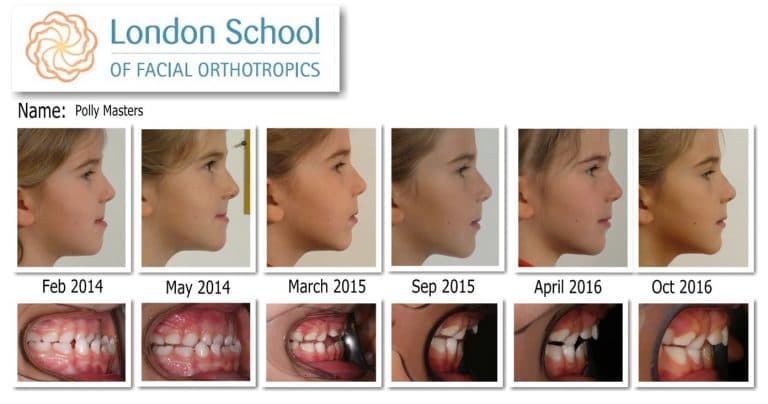
Orthotropics evidence
Practical guidance about Orthotropics.

Scientific Evidence for Orthotropics
Despite great efforts there is inadequate evidence for the orthodontic profession to draw clear certainties regard aetiology (cause), epidemiology, pathology or cure for malocclusion without this scientific foundation and a unifying theory to test,orthodontic research has tended to focus on research comparing various treatment methods. To some extent this has set the tone of contemporary research in the area. Orthotropics is a philosophy or theory not a method of treatment. Biobloc Orthotropics is a treatment method derived from orthotropics philosophy.
Orthotropic Evidence
For a theory to be correct it must fit all the facts. Published evidence, regardless of who has undertaken it, is still evidence, as long as it was correctly undertaken then it is an observation and there is truth in it. The correct theory will give a good explanation for all the observations. To date, the orthotropic theory has done this consistently and accurately with all the published evidence, which is no small achievement.
Biobloc Orthotropics Evidence
This is still a science in its infancy, clinical validation usual lags behind developments especially when results take decades to fully unfold. The research so far has been limited to case studies, short cohorts and the comparisons of identical twins treated by different methods.
In the history of orthodontics there has been almost no quality scientific research that has been performed completely outside a university setting. The London School of Facial Orthotropics aims to change this but is also building links with universities. The research so far has been limited to case studies, short cohorts and the comparisons of identical twins treated by different methods.
Case Studies
Biobloc Orthotropics is gaining the best facial changes ever achieved by any method in the world. Some images are available here http://www.orthotropics.co.uk/case-studies/
A paper comparing the best results from various different treatment methods is awaiting publication. This shows the facial changes from Biobloc’s as better by two standard deviations (highly significant), however this has attracted criticism for being selective. At the IAFGG, we are not attempting to engage the members of IFUNA and BOS to partake in a prospective comparison of results, to avoid such criticism, so far the response has been poor.
Cohorts
Biobloc therapy is completely dependent on children changing their posture which has gained dramatic results in every difficult case, however advancements have been made to rectify this. Some advances in the technique, the technology we are using (small timers to check wear in the braces) and the motivation have helped us to reach a point where highly statistically significant facial changes is likely to be seen for any group. The IAFGGis in the process of applying to ethics committees to start this research.
Identical Twins
To compensate for the low scientific value of case reports,identical twins treated by different methods were followed over a long period of time. This removed the need for large numbers of cases as the genetic variability was removed. Mew J. Facial changes in identical twins treated by different orthodontic techniques. World J Orthod. 2007 Summer;8(2):174-88.
Abstract
Despite the known influence of orthodontic treatment on facial appearance, there have been few comparative studies of the effect of different treatments, and none of these appear to have looked at the long-term consequences. This study compared the effect of traditional fixed appliances and orthotropic (growth guidance) treatment without fixed appliances on a series of 12 identical twins, 10 years after treatment. Facial changes were assessed by a panel of 12 lay judges. A comparison was also made of the dental changes and an error study undertaken. The results showed that most of the traditionally treated twins were judged to look less attractive after treatment, while most treated by orthotropics were judged to have improved. There was little difference in the dental results, but the traditionally treated cases seemed to relapse more frequently.